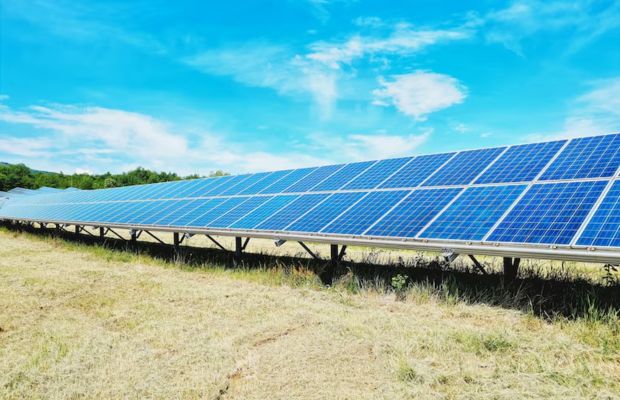Oman Electricity Transmission Company (OETC), the operator of the country’s national grid, has lined up a portfolio of as many as 41 projects for implementation across Oman over the 2024 – 2028 timeframe as part of its mandate to develop and strengthen the capabilities of the grid.
Distributed across the Main Interconnected System (MIS) and Dhofar System, the large majority of the projects are “designed to increase the transmission system capacity to meet the future growth in demand, connect new generations, connect new rural areas, and meet the Transmission Security Standard”, said Eng Saleh bin Nasser al Rumhi, CEO – OETC.
The new projects comprise, among other initiatives, grid stations to enable the evacuation of renewable electricity from an array of solar and wind power schemes currently in various stages of procurement and development at key locations around the country. Also envisioned are 400kV transmission networks, cross-border interconnection initiatives, and a landmark backbone transmission system as well, he added in a preface to OETC’s newly launched 5-Years Annual Transmission Capability Statement.
The 41 transmission projects, said Eng Al Rumhi, have been conceived in sync with the capacity generation and distribution needs of the country as envisaged by Nama Power and Water Procurement Company (NPWP), as well as the two main distribution companies – Nama Electricity Distribution Company (NEDC) and Nama Dhofar Services (NDS).
Currently in hand for development are transmission projects connecting three solar PV schemes that are presently either under construction or procurement. Manah I and II – two side-by-side solar PV schemes of 1000 MW capacity in total – are scheduled to be connected to the grid by mid-year 2024, although the solar plants themselves will be energized by Q2 2025. .
Next on OETC’s agenda are transmission projects to connect the proposed 500MW Ibri III Solar IPP to the transmission grid by Q1 2026, as well as a new green-field 500 MW capacity Solar IPP planned in Al Kamil for launch in Q2 2027.
A flurry of new Wind IPPs, slated for procurement by Nama PWP over the next several years, are also envisioned for integration into the national grid via multiple transmission projects. Within the Main Interconnected System (MIS), wind IPPs are planned at Jalaan Bani Bu Ali (200 MW), Mahout (400 MW) and Ras Madrakah (300 MW). In the Dhofar System, wind farms are due to come up at Harweel (200 MW) and Sadah (70 MW). They will be connected to the grid at different intervals during 2026 and 2027.
Other transmission projects currently in various stages of implementation are linked to OETC’s North-South Interconnection Project (Rabt). Phase 2 of Rabt, which kicked off earlier this year, is slated for completion by Q2 2027.
Commenting on the significance of the project, Al Rumhi added: “The interconnector (Phase 1&2) will add significant benefits for the Sultanate of Oman due to expected the fuel savings from the improved dispatch coordination among different power systems, access to areas with renewable energy potential, sharing of spinning reserves (reducing operating costs), reduction of dependency on diesel generation, generation capacity harmonization and improvement of grid resiliency. In addition, it will contribute to the evacuation of new renewable sources, future connection of large-scale potential hydrogen project integration and enhancing MIS and Dhofar systems resiliency.”


